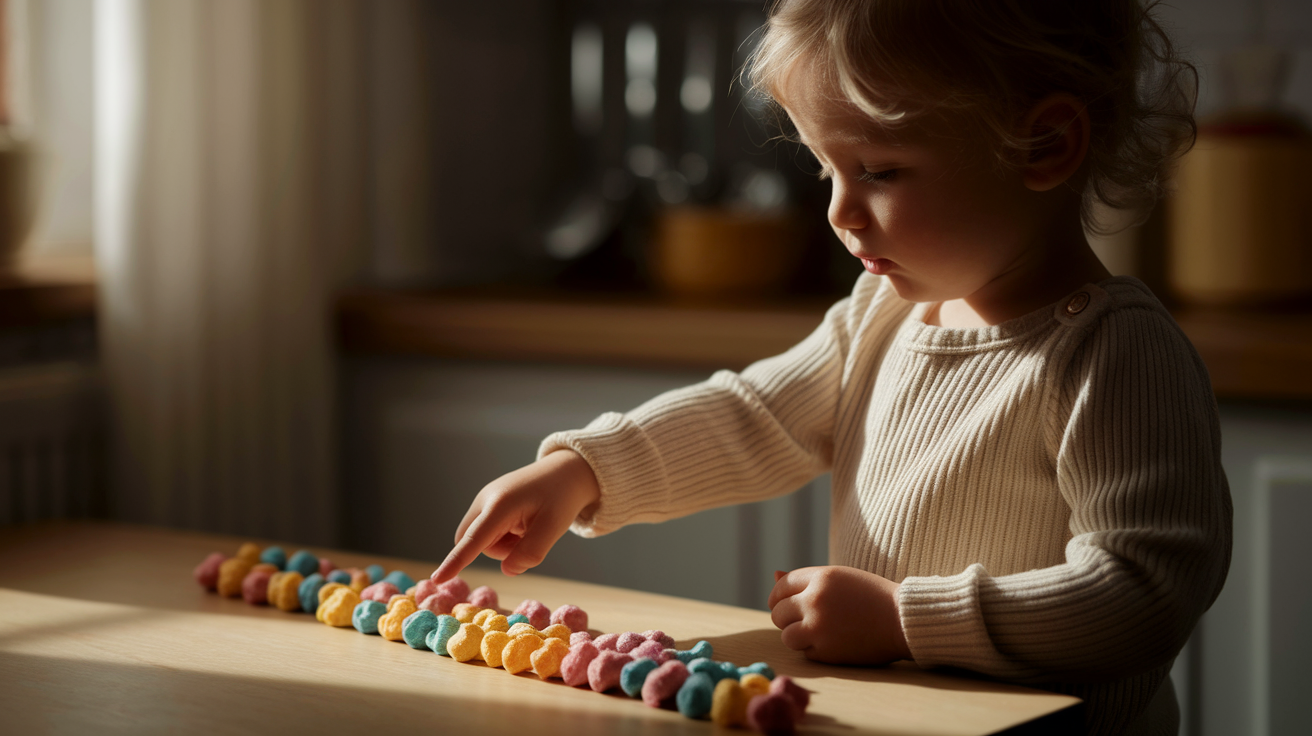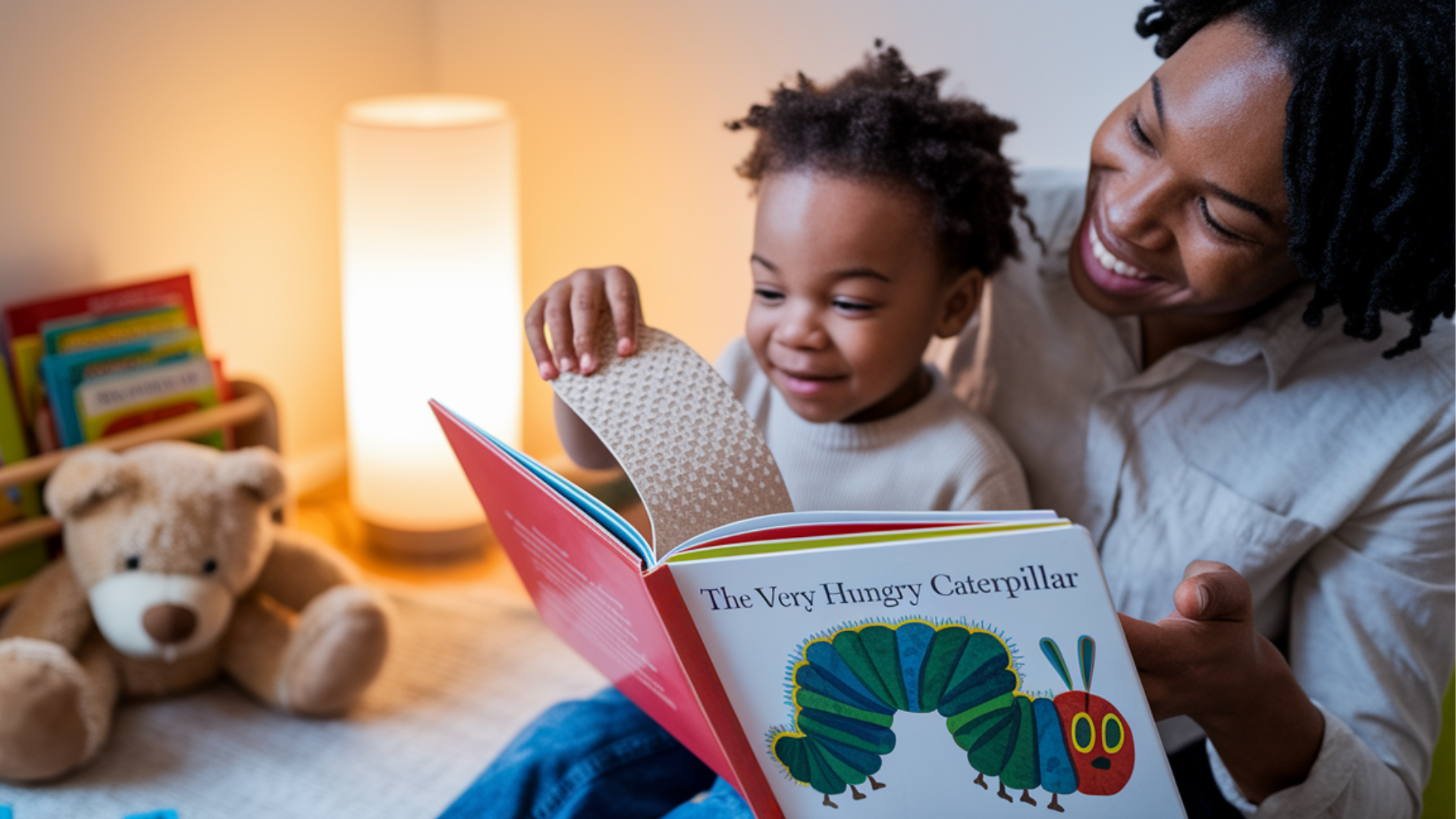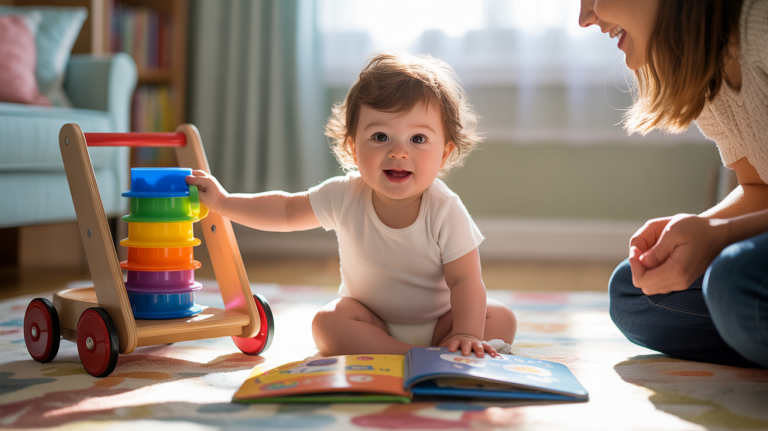27 Fun and Easy Activities for 3-Year-Olds

At the age of 3, children start settling into their own, with the world as their oyster, learning more skills every day. As a parent, you might feel the need to up your game so as not to lag behind and stunt their growth.
You need fresh ideas to keep them active daily, and trust me, I know how exhausting that can be. That’s why I’ve put together these simple yet engaging activities.
They require minimal prep but offer maximum fun. Each one supports different areas of development while keeping little ones busy and happy. The best part?
You probably already have everything you need at home. Let’s make playtime easier for you and more fun for your children!
Why 3-Year-Olds Need the Right Activities?
At three, children bubble with energy and newfound skills. Their bodies and minds are growing at an amazing pace, creating the perfect time to introduce activities that match their development.
The right play options can channel their natural curiosity while building important skills they’ll use for years to come.
- They learn by doing and touching things. When they play with real objects, they understand new ideas better than just hearing about them.
- They need to move their bodies. Running, jumping, and climbing help them grow strong and develop balance.
- Their small finger muscles are still developing. Activities that use hands in different ways help them get ready for writing later.
- Their brains are making connections quickly. The right play helps them link ideas together and solve simple problems.
- They’re learning to express feelings. Pretend play lets them try different roles and work through emotions safely.
- They’re learning to talk more. Play-based conversations build their growing word bank naturally.
Let’s jump into some fun ideas that you can try today.
Creative & Artistic Fun
Little artists love to make their mark on the world! These creative activities let them explore colors, textures, and materials while building fine motor skills.
Each one can be set up in minutes, but will keep your little one happily engaged.
1. Finger Painting on Large Paper

Roll out a big sheet of paper on the floor or tape it to the wall. Give your child washable paints in primary colors. Let them squish, smear, and create with their fingers! Talk about how the colors mix and change.
2. DIY Stamp Art Using Sponges or Veggies

Cut kitchen sponges into simple shapes like stars or hearts. Or use veggie ends – carrot tops make pretty flowers! Set up a paper plate with paint and let your child dip and stamp away.
3. Drawing With Sidewalk Chalk Outdoors

Head outside with a bucket of chunky sidewalk chalk. Show your child how to make simple shapes or lines. You can trace their shadow or draw a hopscotch board to play on together.
4. Collage-Making With Scrap Paper and Glue

Gather colorful paper scraps, old magazines, and a glue stick. Show your child how to tear paper (great for finger muscles!) and stick pieces onto cardboard. The random patterns they create will be beautiful to them.
5. Water Painting on Fences or Pavement With Brushes

Fill a bucket with water and give your child a paintbrush. Let them “paint” the fence, sidewalk, or deck with water. It’s mess-free, and they’ll be amazed watching their marks disappear as they dry!
Sensory Exploration Activities
Three-year-olds learn about their world through touch, feel, and hands-on play. These sensory activities engage their senses while teaching them about different textures and materials.
Each one offers rich learning with just a few simple items from around your home.
6. Playdough With Cookie Cutters and Tools

Make homemade playdough together or use store-bought. Set out cookie cutters, plastic knives, and rolling pins. Your child will love squishing, rolling, and cutting shapes for long stretches of time.
7. Sensory Bin With Rice, Scoops, and Hidden Toys

Fill a shallow plastic bin with uncooked rice or dried beans. Hide small toys or plastic letters inside. Add scoops and cups for pouring and searching games that build hand skills.
8. Shaving Cream Play on a Tray

Spray a thin layer of shaving cream on a cookie sheet. Let your child draw with fingers or use toy cars to make tracks. This slippery, fluffy medium feels new and exciting to little hands.
9. Water Play With Cups and Spoons in a Basin

On warm days, fill a small tub with water. Add measuring cups, spoons, and floating toys. Your child will pour, stir, and splash while learning about full, empty, and in-between.
10. Rainbow Spaghetti Sensory Play

Cook spaghetti, divide it into bags, and add a few drops of food coloring to each. Mix to create rainbow pasta! Put it in a bin for a squishy, stretchy play experience that’s sure to bring giggles.
Indoor Gross Motor Play
Moving bodies need space to grow! These activities help channel all that energy, even when you’re stuck indoors.
They build large muscle groups and coordination while burning off steam. Perfect for rainy days or when you need to stay inside.
11. Obstacle Course With Pillows, Tunnels, and Chairs

Turn your living room into an adventure zone! Set up pillows to jump over, chairs to crawl under, and blankets stretched between furniture to make tunnels. Call out actions like “hop,” “crawl,” or “tip-toe.”
12. Balloon Volleyball or Catch

Blow up a balloon and show your child how to hit it up in the air. Try to keep it from touching the ground. This slow-moving game builds eye-hand skills and is much easier than catching a ball.
13. Animal Movement Game (Hop Like a Frog, Crawl Like a Bear)

Call out different animals and show your child how to move like them. Hop like frogs, slither like snakes, or stomp like elephants. This game burns energy and builds big muscles.
14. Dance Party With Scarves and Music

Turn on some upbeat children’s music and hand out scarves, handkerchiefs, or ribbons. Show your child how to wave them while dancing. Moving to music helps with rhythm and coordination.
15. Simon Says With Big Body Movements

Play Simon Says with actions like “touch your toes,” “jump up high,” or “spin around.” This classic game teaches listening skills and body awareness while keeping kids moving.
Outdoor Adventures
Fresh air and open spaces offer endless possibilities for play and discovery. These outdoor activities connect children with nature while giving them room to run and explore.
Each one helps them see the world as a place full of wonder.
16. Nature Walk With a Collection Bag

Take a small bag on a walk around your yard or neighborhood. Look for pretty leaves, smooth stones, or pinecones to collect. Talk about colors, shapes, and textures as you find items.
17. Bug or Rock Hunt in the Backyard

Look under rocks or logs to spot bugs (just look, don’t touch!). Or search for cool rocks of different sizes. Count them, sort them, or make a display with your findings.
18. Tricycle or Scooter Riding Time

If your child has a ride-on toy, set up a simple track with chalk or cones. Practice steering, stopping, and going. These toys build leg strength and balance skills.
19. Blow and Chase Bubbles

Bubbles never get old! Blow them for your child to pop or chase. Or try a bubble wand that makes lots at once for extra excitement and running practice.
20. Sand Play with Shovels and Buckets

Sand is perfect for scooping, pouring, and molding. Visit a sandbox or make a small one at home. Add plastic cups, shovels, and molds for castle-building fun that strengthens hands.
Learning Through Play
Children this age are learning to sort, count, and make sense of their world. These playful activities build early math and thinking skills without feeling like “lessons.”
They’re the perfect mix of fun and learning for growing minds.
21. Simple Matching Game With Cards or Toys

Make pairs of matching items (two red blocks, two toy cars, etc.). Place them face down and take turns flipping two, trying to find matches. Start with just 3-4 pairs and add more as skills grow.
22. Color Sorting With Pom-Poms and Cups

Get colorful pom-poms and cups or bowls of matching colors. Show your child how to sort the pom-poms into the right cups. Use tweezers for an extra challenge for finger muscles.
23. Counting Game With Small Toys or Snacks

Line up small toys or healthy snacks like cereal pieces. Count them together, moving each one as you say its number. For extra practice, eat one and count again!
24. Puzzle Time With Large Floor Puzzles

Three-year-olds are ready for puzzles with 12-24 pieces. Sit together on the floor with a puzzle that has large pieces. Talk about the picture as you work on it together.
25. Build a Tower or House with Blocks

Wooden or plastic blocks are perfect for this age. Show your child how to stack them and make simple structures. Talk about shapes, sizes, and what happens when the tower gets too tall!
Quiet Time & Pretend Play
Even busy three-year-olds need moments of calm in their day. These quieter activities help build imagination and language skills while offering a peaceful break.
They’re perfect for winding down before nap time or at the end of a busy day.
26. Storytime With Interactive Books

Choose books with flaps to lift or textures to feel. Ask questions as you read, such as, “What do you think will happen next?” This builds language skills and a love of reading.
27. Pretend Kitchen or Grocery Store Play

Set up a play kitchen area or make a pretend store with items from your pantry. Take turns being the cook or customer. This type of play builds language and social skills while letting kids practice grown-up roles.
Conclusion
Play is how 3-year-olds learn and grow! Through these simple activities, your little one builds skills for future success. The best part? Most use items you already have at home.
Don’t try everything at once. Start with one activity per day and notice which ones bring the biggest smiles. These are the ones to repeat and expand.
Yes, play can be messy! But remember, you’re not just cleaning spilled rice or washing paint off your hands. You’re helping build a curious, capable mind.
Which activity was your child’s favorite? Share your experience in the comments below! We’d love to hear your success stories or creative twists.
Looking for what comes next? Check out our blog on fun activities for your kids when they are bored.






